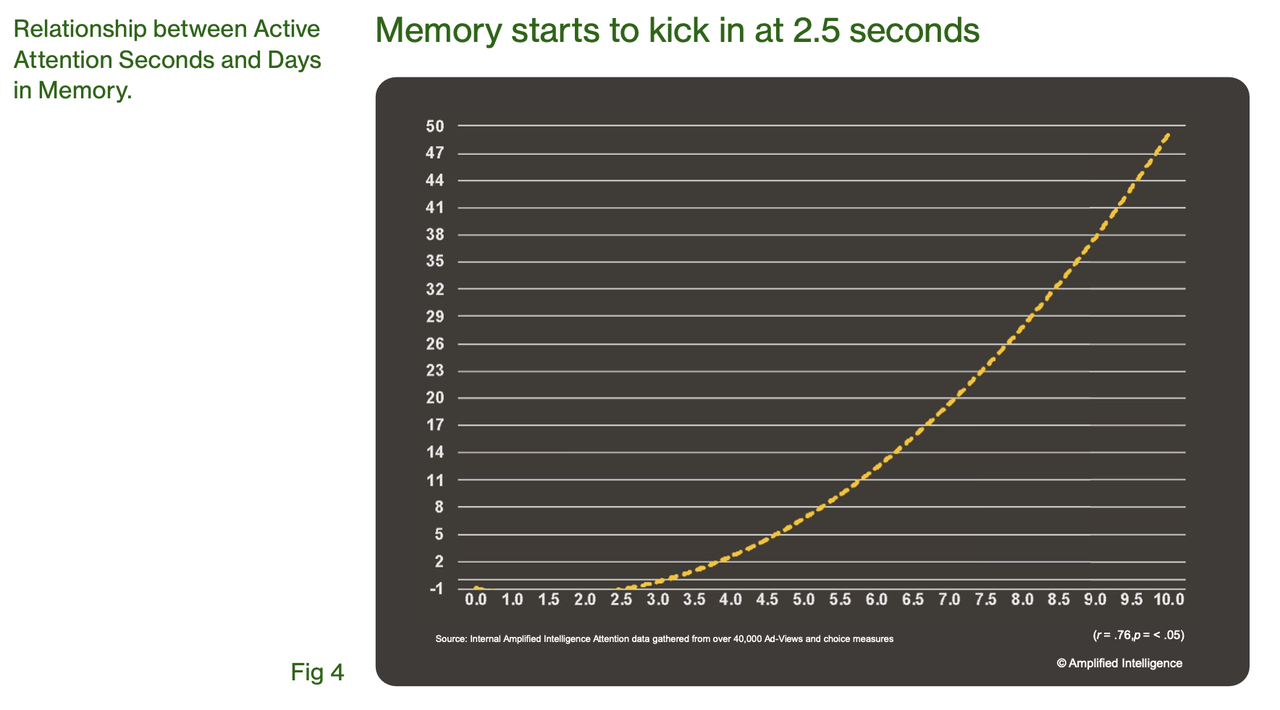How to start a career in public relations

In a rapidly evolving industry like public relations, the path to success is often paved with deter…

When done well, film and video is a very effective way of engaging and communicating with an audience, and we’re very proud of our film and video projects. Read on to find out more about how TV and film are so effective in advertising, and how we make impactful video content for our clients.
Peter Field, the co-author of a book called ‘The Long and Short of it’ - which explores and compares long and short-term marketing strategies - wrote a report regarding the effectiveness of TV advertising is still at the core of the advertising industry. While his report focused on television, many of the findings can be applied to the wider spectrum of video content, and we’re going to look at some of the key points from the first part of the report: Attention.
A fundamental law of growth in marketing is building ‘mental availability’ - if a brand has strong mental availability, then it’s likely to come to mind quickly at the moment of brand choice. Without this, it’s very hard to drive growth for a brand. To support this, Field reviewed many advertising campaigns from the Institute of Practitioners in Advertising (IPA), which showed a direct correlation between long-term brand building efforts and a positive uptick in key business metrics like sales, market share, customer retention, and profit.
In order to build mental availability, brands need to hold 2.5 seconds of active attention - this is how long it takes for us to start making the long-term memories that can help to drive brand growth. The longer an advert holds active attention, the more days in memory it can achieve.

A study of 130,000 online adverts from 1,150 brands found that 85% of them failed to meet even that 2.5-second active attention threshold. One of the reasons for this is the cluttered environments that online adverts are often placed in, surrounded by plenty of distractions for the user. This drop-off in attention is what’s known as ‘attention decay’, and when compared to online advertising, TV’s rate of attention decay is much slower. TV, then, is a high-attention medium, and high-attention mediums can build mental availability and therefore brand growth.
It’s important to avoid chasing ‘cheap media’ just for the sake of impression cost-per-thousands, but in order to understand what ‘cheap media’ is, we need to reframe the way we look at it. TV is seen as expensive if you weight it by ‘impression cost per thousand’ data, but if you weight impressions by attention, then TV becomes much better value than YouTube and social media adverts.
I would argue that any marketer who considers walking away from TV advertising would be crazy to do so.
Whilst TV advertising is top of the table for holding attention and building ‘mental availability’, it can form a fantastic partnership with online advertising. Online video advertising on YouTube and social media can help to foster online engagement by serving as an extension of TV campaigns.
For example, Dunkin’ Donuts had Ben Affleck and Jennifer Lopez star in their Superbowl commercial, which is famously the most expensive and watched advertising slot in the world. But they weren’t done there; the brand used additional assets across social media to complement the storytelling and created a more detailed, cohesive campaign.
With some clever strategy, big-picture thinking and some excellent creative, TV adverts can be modified to seamlessly reach more people on more platforms.
Luckily for us, we’re already pretty well-versed in making exciting, impactful and engaging video content that holds audience attention. With strong processes in place and a healthy amount of creativity, we’ve created video campaigns for everyone from tile giants to zoos. Here’s a quick explanation of our process:
First and foremost, it all starts with a clear, solid brief. We can help clients with defining their objectives for their film, and recommend what type of film may work best when it comes to meeting those objectives.
Then, we can develop the big idea. That includes creating storyboards to frame how each shot will look, scripts for what each actor or voiceover will say, and how the film will look as a whole. With our network of film production partners, we can source everything from shoot locations to actors and costumes, as well as overseeing set design. Once we’re on set, we can also provide expert art direction to ensure everything is looking as it should, from lighting to costumes and props.
There’s no trick to making an advert go viral, and going viral isn’t necessarily a sign of a strong advert, either. Remember, it’s better to focus on holding attention rather than being the flavour of the week or month - instead, we’ll help you create a strong, memorable advert that’ll build that all-important mental availability.
What we can and will do is work with our clients to make the most of their budget, and be realistic about what’s achievable. While TV adverts cost money to make, they don’t need to be multi-million-pound projects to capture the imagination and hold the audience’s attention.
In summary, TV can be viewed as an expensive and slightly outdated way of reaching our target audience, especially when compared to cheaper, highly targeted online advertising channels.
But when you weigh up the long term impacts of investing in high quality TV advertising, like its proven ability to increase mental availability, it might make you think twice. Integrate TV’s power into a cohesive campaign, complemented by online advertising, and you can maximise performance amongst your audience.